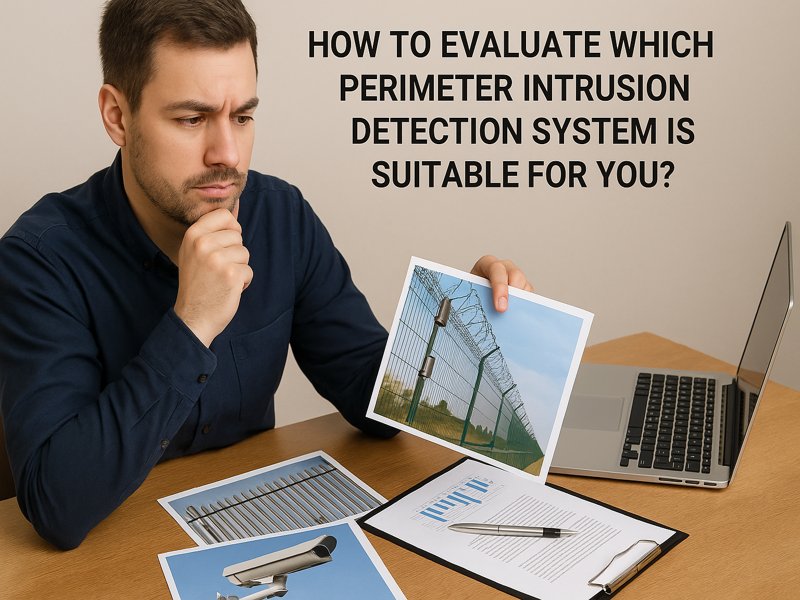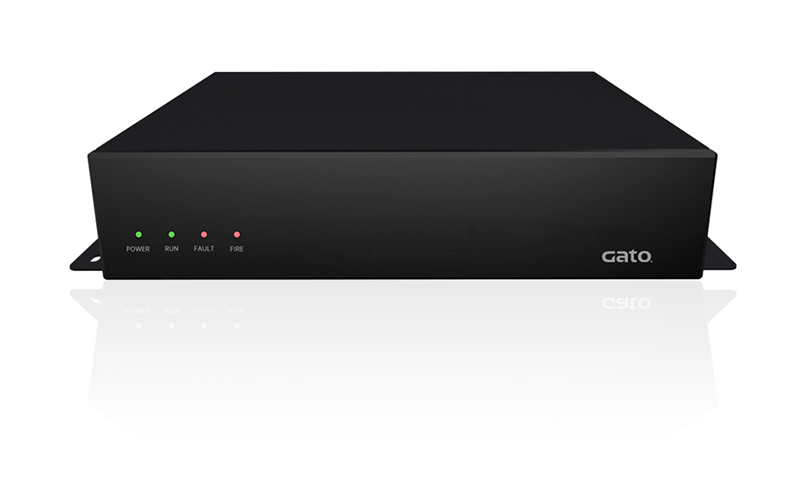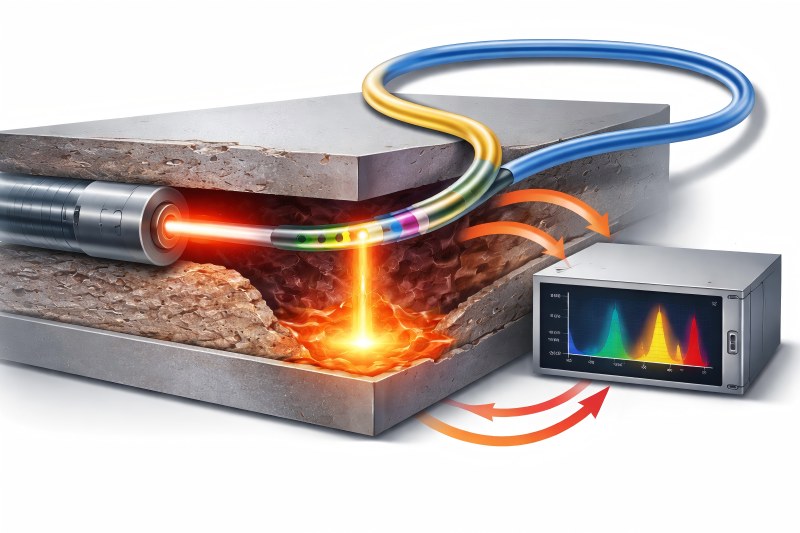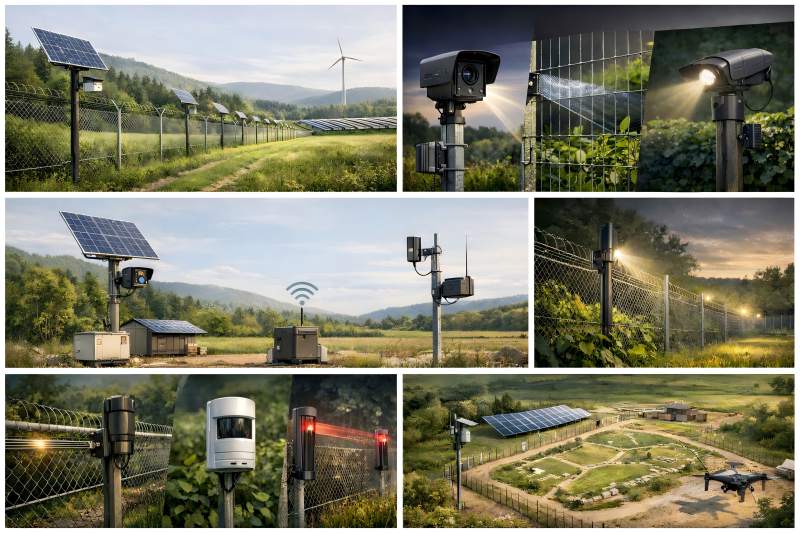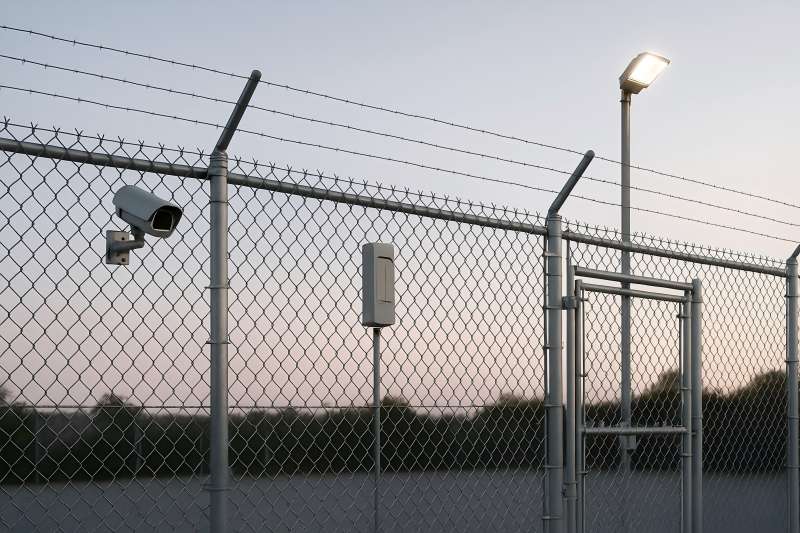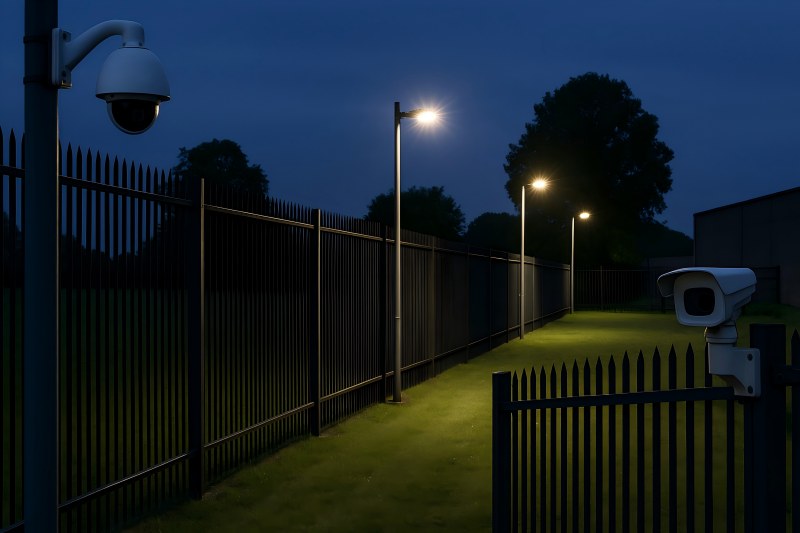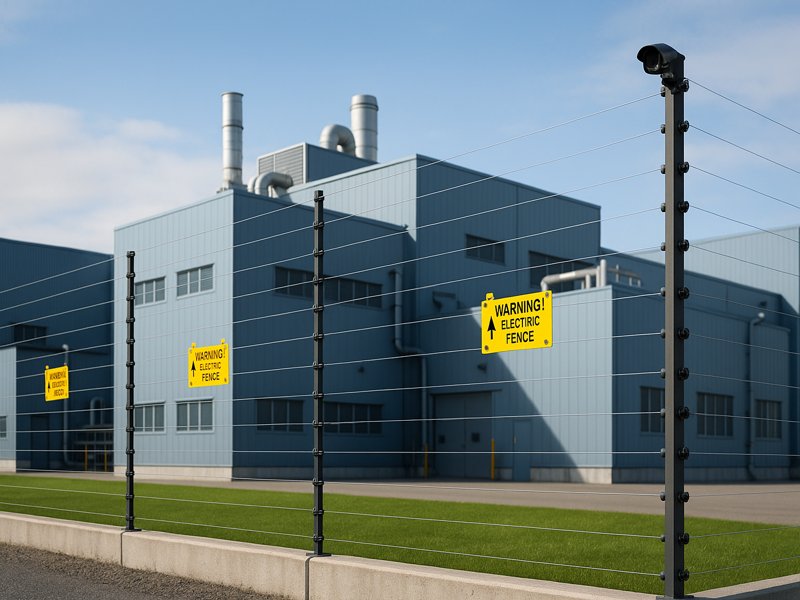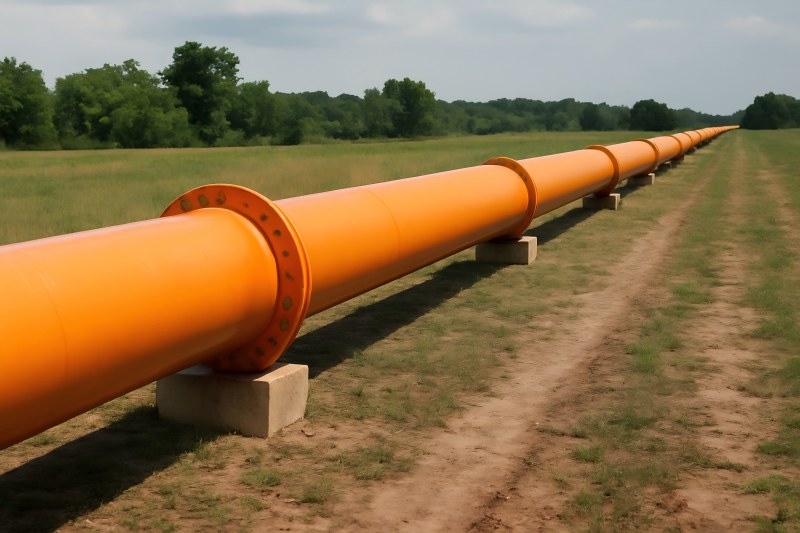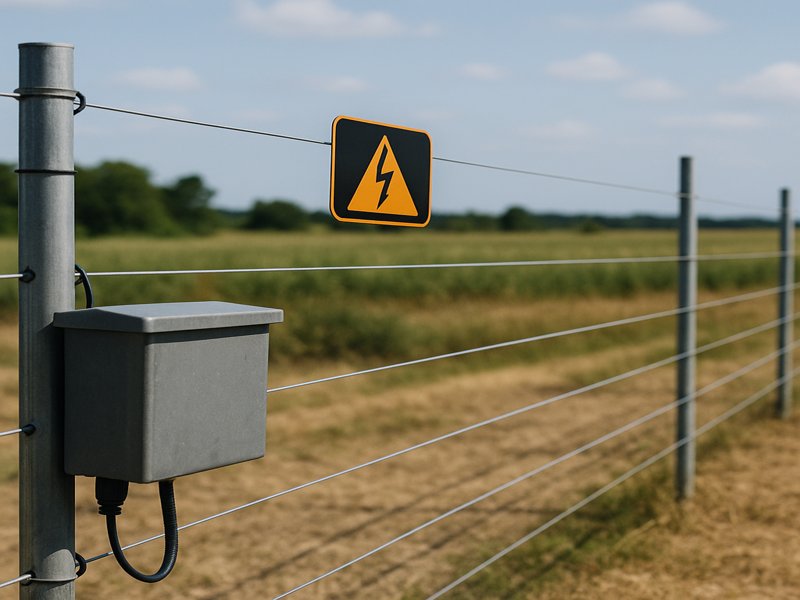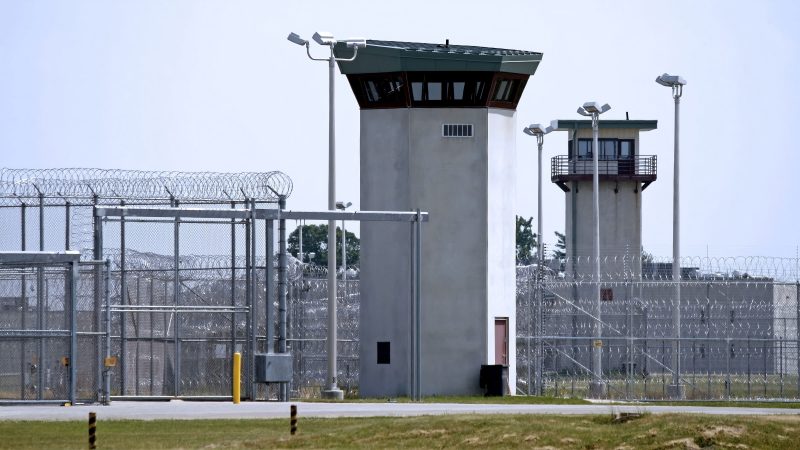Perimeter security is crucial for protecting sensitive assets. Perimeter intrusion detection systems (PIDS) detect threats before they reach secure areas. Evaluating the right PIDS involves considering performance, cost, scalability, and environmental factors. This post offers guidance on how to choose the ideal system depending on your needs, security specifications, and financial constraints.
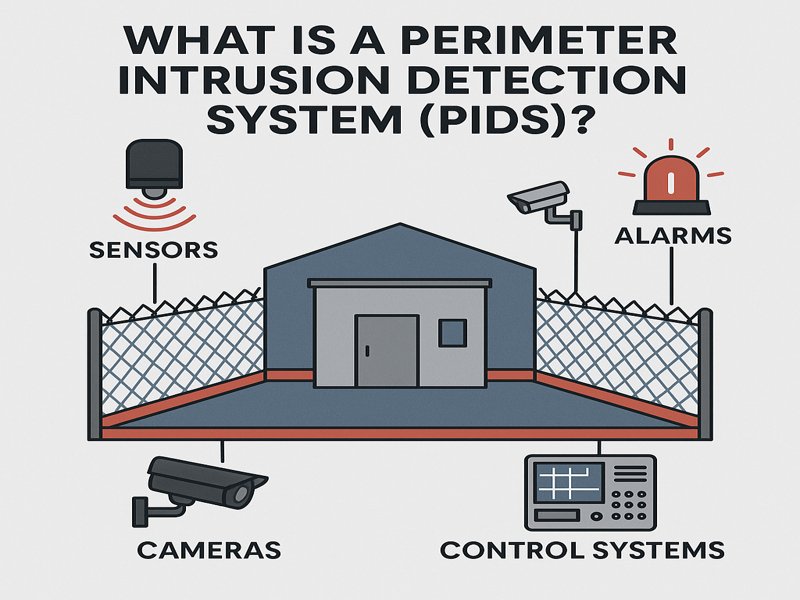
What is a Perimeter Intrusion Detection System (PIDS)?
Before diving into how to evaluate PIDS, it’s important to understand what they are. A security solution called a perimeter intrusion detection system is made to keep an eye on a protected area’s boundaries and identify any breaches, invasions, or unauthorized access. PIDS typically rely on a combination of sensors, alarms, cameras, and control systems to monitor and analyze activity. Some PIDS can provide real-time alerts, while others may work in conjunction with video surveillance and access control systems for a multi-layered security approach.
There are various types of PIDS available, depending on the technology and detection method used, such as:
- Infrared Sensors
- Fiber Optic Sensors
- Radar and Microwave Sensors
- Electromagnetic Sensors
- Video Analytics and Surveillance Systems
Because every technology has unique advantages and disadvantages, the choosing process is more complex.
Key Factors to Consider When Evaluating a PIDS
Understand Your Security Needs and Objectives
The first and most important step in evaluating which perimeter intrusion detection system is suitable for you is to clearly define your security requirements. Every organization has different levels of security threats and needs, so your PIDS must be tailored to your specific circumstances.
Type of Assets to Protect: What are you trying to protect? Critical infrastructure, such as military installations, data centers, or power plants, requires a more sophisticated and robust system, while smaller sites like warehouses may only need basic detection capabilities.
Level of Security Required: How high are the security risks for your facility? If you are protecting highly sensitive or classified information, you may need a multi-layered system with advanced analytics, real-time monitoring, and integration with other security systems. Conversely, lower-risk environments may be adequately secured with simpler technologies.
Threat Profile: Understanding the types of threats that your facility faces is key. Do you anticipate threats from human intruders, vehicles, animals, or all of the above? Some systems are better suited to detecting vehicles, while others focus more on detecting individual human intruders.
Perimeter Dimensions and Design
Another important consideration is the area’s size and complexity, which requires monitoring. A small facility can typically be secured with a less extensive and more affordable system, while large-scale facilities may require a more complex PIDS.
- Small Facilities: Smaller sites, such as retail locations or small industrial complexes, may only require basic sensors such as infrared or motion detectors. These systems typically offer sufficient protection, are less costly, and are simpler to install.
- Large Facilities: For larger facilities, such as airports, military bases, or industrial plants, a more comprehensive system will be needed. Larger perimeters require sensors with a broader range and often involve more complex technologies such as fiber optics or radar.
Furthermore, if your facility has a complicated layout with multiple entry points, gates, or varying terrain, the PIDS should be adaptable enough to cover those areas effectively. A PIDS for a sprawling campus with varied features will require sensors capable of adapting to the different areas while providing continuous monitoring.
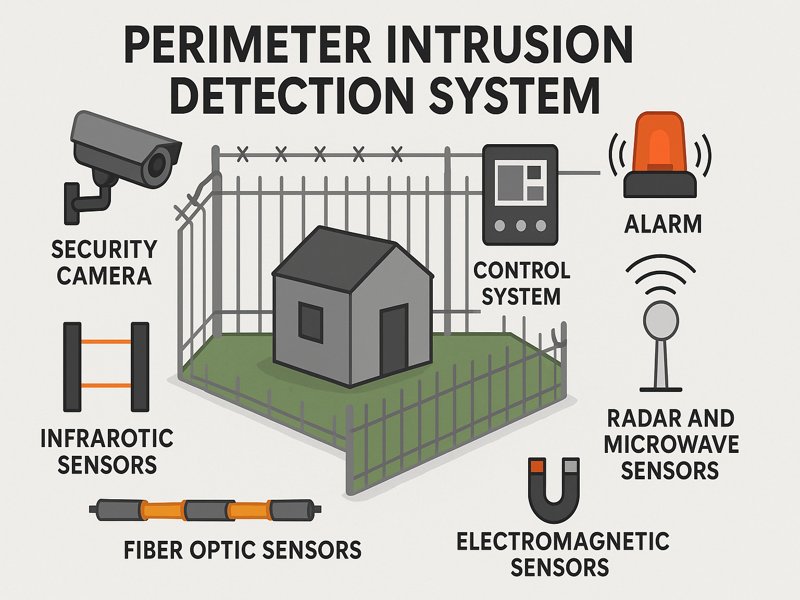
Evaluate the Types of Sensors and Detection Technologies
When selecting a PIDS, it’s essential to choose the right type of sensors and detection technologies for your specific needs. There are numerous varieties of sensors available, and each has pros and cons of its own.
Infrared Sensors: These sensors pick up movement and heat signals. They are commonly used for small to medium-sized sites and are particularly effective at detecting humans and animals crossing the perimeter. However, their effectiveness can be reduced by extreme weather conditions such as fog, heavy rain, or high temperatures. Infrared sensors are often less expensive than other technologies, but they may not be suitable for all environments.
Fiber optic sensors are renowned for their exceptional sensitivity, which enables them to identify even the smallest perturbations along the perimeter. Because of their ability to sense pressure, temperature, and vibration changes, they are frequently employed in high-security applications. Fiber optic systems are ideal for long stretches of perimeter and are effective in harsh weather conditions. They do, however, need specialized installation and are typically costly.
Radar and microwave sensors are examples of sensors that employ electromagnetic waves to identify movement within a certain range. They are highly effective at covering large areas and can detect objects regardless of weather conditions such as rain, fog, or snow. For more precise detection, radar systems can be combined with additional sensors. Radar devices are typically more costly and more difficult to install than infrared sensors, though.
Electromagnetic Sensors: When an object or person crosses the border, these sensors pick up changes in the electromagnetic field. They can be relatively inexpensive and effective for monitoring smaller perimeters, but they may not be suitable for larger sites or areas with complex terrain.
Video Surveillance and Analytics: High-definition cameras paired with video analytics software are increasingly used as part of PIDS. Video analytics can identify movement patterns, detect suspicious activity, and even recognize faces or vehicles. This technology can be an excellent addition to other sensors, providing visual verification of any detected threats. However, the cost of cameras and video analytics software can be high, and their performance may degrade in low-light conditions or extreme weather.
Environmental Considerations
The environmental conditions in which the PIDS will be installed play a significant role in determining which system will be most suitable. The performance of some sensors can be heavily impacted by factors such as weather, temperature, and terrain.
- Weather Conditions: If your facility is located in an area prone to heavy rainfall, snow, or fog, consider radar or microwave sensors, which are less affected by weather. Unfavorable weather conditions can cause infrared sensors to malfunction, resulting in missed detections or false alerts.
- Terrain: If your facility is located in an area with difficult terrain (e.g., forests, mountainous regions, or uneven surfaces), fiber optic sensors or buried sensors may be better suited as they can adapt to the environment and cover larger distances.
- Temperature Extremes: Sensors that can survive extremely high or low temperatures are needed in these regions. Fiber optic sensors are typically better equipped to handle harsh environments than other sensor types.
Integration with Existing Security Systems
Many companies already have access control systems, CCTV cameras, and alarms installed as part of their security procedures. A new PIDS should ideally integrate with these systems to offer a more cohesive and efficient security solution.
- Compatibility: Verify that the PIDS you choose will work in unison with your existing security setup. This could include tying into your alarm systems, video surveillance, or other monitoring tools. You can operate each of these components from a single interface using a centralized control system.
- Remote Monitoring: Some advanced PIDS allow for remote monitoring and alerts. For businesses without security guards on duty around the clock, this is extremely helpful. Check if the system can be monitored and controlled remotely via an online platform or mobile app.
Cost Considerations
While it is essential to choose the best system for your needs, budget constraints must also be taken into account. The technology employed, the installation’s complexity, and the perimeter’s size can all have a significant impact on a PIDS’s price.
- Upfront Costs: Some systems, such as radar or fiber optic sensors, can have a high upfront cost due to the technology involved and the specialized installation. However, they may offer long-term value by providing greater accuracy and reliability.
- Ongoing Maintenance: Consider the long-term maintenance costs. Some systems require frequent calibration or maintenance, especially fiber optic sensors. Others, such as radar systems, may have lower ongoing costs but can be more expensive to repair in the event of a malfunction.
Scalability and Future-Proofing
As your facility expands or security requirements change, it is important to choose a PIDS that is scalable and adaptable to future needs.
- Modular Systems: Pick a PIDS that is readily expandable or upgradeable. For example, radar systems or fiber optic systems may be modular, allowing you to add sensors as your perimeter increases.
- Software Updates: Ensure that the PIDS you choose has software that can be updated to stay in line with advancements in detection technology or to accommodate future integration needs.
Reliability and Performance
Ultimately, you want a PIDS that can deliver consistent, reliable performance over time. Make sure to evaluate the technology and its manufacturer’s performance history. Reviews, case studies, and comments from other users in related industries can offer important information about the system’s efficacy and dependability.
Choosing the right perimeter intrusion detection system involves considering perimeter size, security threats, environmental conditions, and system integration. By evaluating your needs, technology options, and total cost, you can select a PIDS that offers maximum protection within your budget, ensuring peace of mind and asset security.
